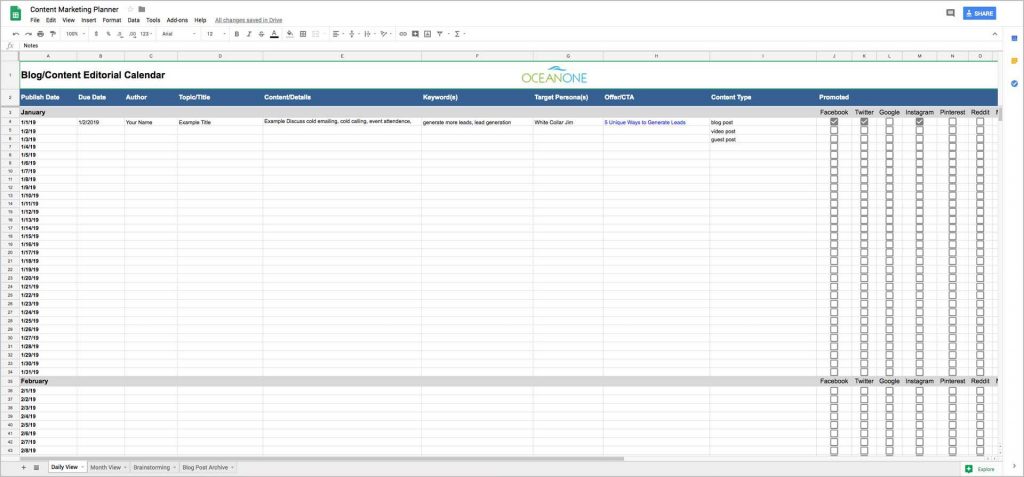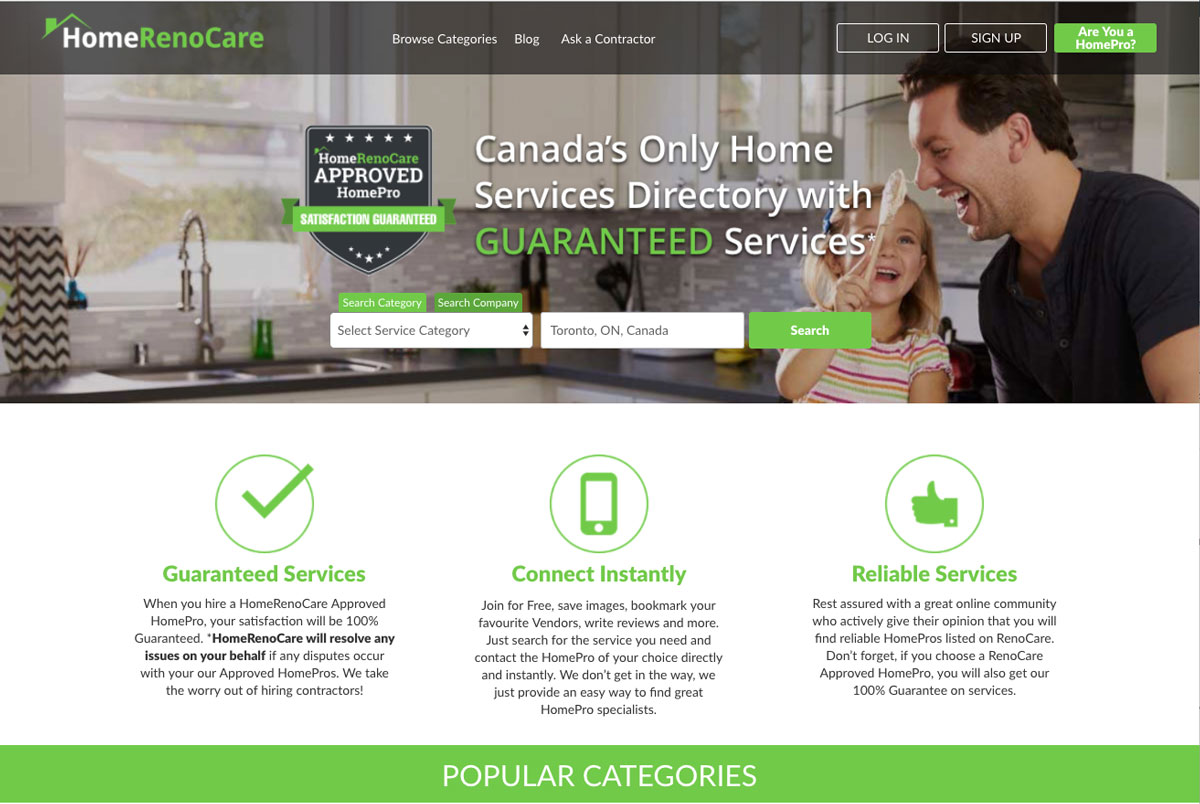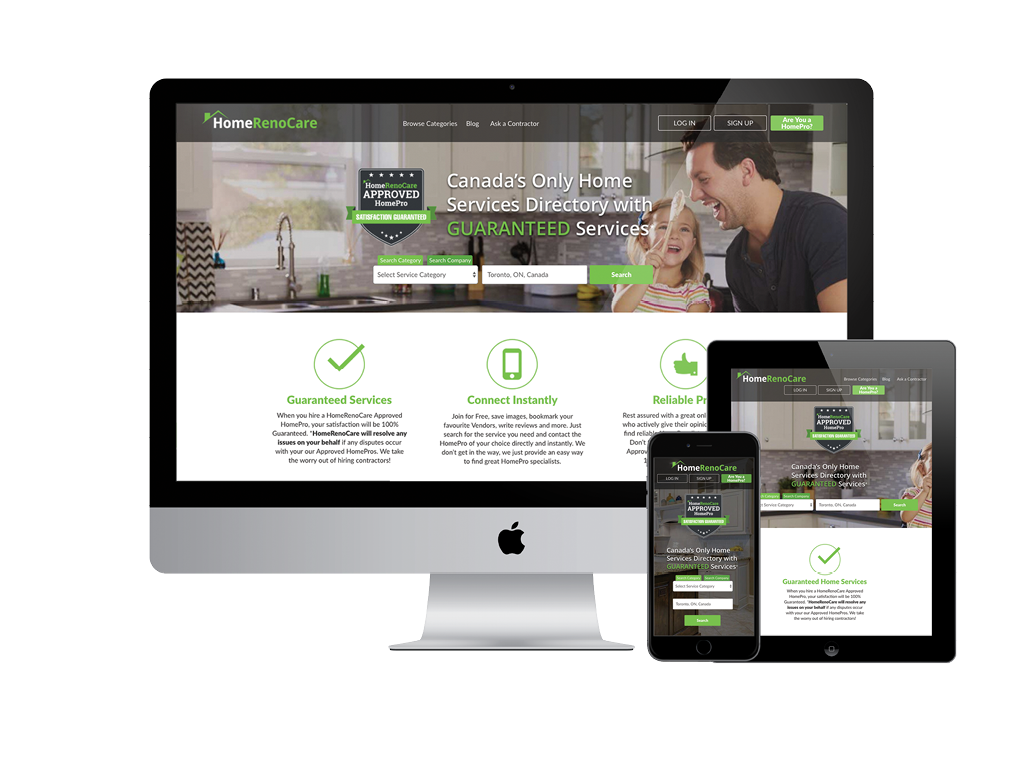
by DG | Mar 27, 2021 | Content Marketing, SEO
Updated: March 27, 2021
Good SEO involves many elements. There is the technical audit where you make sure there are no technical problems that prevent your site from ranking. Then there is the whole keyword research and optimization process which is the most important step and beyond the scope of this article. Don’t forget about backlinks of course.
Then there is the most powerful aspect of all and that is high-quality content. Stop thinking in terms of ‘SEO’, ‘blogging’ and ‘social media marketing’ as separate things and instead think about your SEO in terms of ‘content marketing’.
Think of SEO as a combination of all your marketing strategies – merge them together. You need to remove technical issues first. That is an absolute. Beyond that you need to use all the digital marketing strategies, keyword relevant blog posts, guest posts, social media posts, backlinks, videos and more to really succeed at getting ranked on high in Google searches.
Now “Good SEO” also means writing amazing posts and when you share them you have a better chance of getting more backlinks. That great content will keep people on your page longer – another Google ranking factor. Yes, Google notices how long visitors stay on your page.
Regardless of your strategy, there is no doubt that content is absolutely the most important asset when it comes to attracting traffic and impressing Google.
But just what is content marketing?
Content Marketing – What is it Exactly?
Content marketing is about creating content that will build a readership on your site and ensuring that people begin to hold you as an authority and trust what you have to say. While this is powerful and useful is in its own right, it’s actually only one part of what content marketing is about. At the same time, your excellent blog post articles will also help Google make sense of your site, its posts, and its content. This greatly aids organic search.
It means demonstrating your knowledge and point of view. Ultimately, you want people to seek you out as an authority. Once you get to that point, you’ll be considered an expert in your field and you’ll be able to greatly influence your audience – possibly influencing their buying behaviour. The content doesn’t just have to be posts on your blog. Content can be presented in Guest posts, Social media posts, Presentations, Infographics, Case Studies, White Papers/Reports, Ebooks, Email Newsletters, Webinars, Quizzes, Polls, Podcasts, Checklists, Photos and of course Videos.
DOWNLOAD Our Free Content Marketing Planner (In Google Sheets, click FILE > make copy). It has a daily, monthly and archive view as well as a brainstorming tab.

How to Build Trust and Authority with SEO
So what is the process behind reaching authority? The key is to think about the sites and blogs that have influenced you over the years – the ones you read regularly.
How do you think they did it? This isn’t about building trust with Google alone but rather with your readers so that they want to keep coming back. That means delivering value time after time in posts and content.
Each post that you create for your blog should provide highly useful and relevant information that is not fluffy but is actionable.
At the same time, users should be able to see that your site offers something unique compared to competition sites, something which isn’t available elsewhere. The differentiation between your sites and others is extremely important, especially in crowded niches. You can’t simply follow the pattern of other sites, you need to try and take your own perspectives.
There are hundreds of thousands of posts covering almost everything possible. Offering something different amongst this content mountain may seem like an impossible task but with the infinite opinions of people, you can always find a unique angle to take on even the most run-of-the-mill subjects.
Once you’ve conceptualized your posts, you should ask yourself: would you read the content?
You also need to be consistent and reliable and always live up to your brand ethos. Make sure you establish a mission statement and objectives and portray these through your content efforts to create a continuous self-branded stream of information.
Always work hard on reflecting your brand with design. Logos and website designs are extremely important. You must remain consistent throughout different forms of marketing on different platforms, including on different forms of social media.
When writing, always bear your reader in mind. This ties into the fact that Good SEO is about making things great for the reader. That way, people can actually get excited about you and will really get behind what you’re trying to do!
What’s Your SEO Goal?
The immediate goal should be to offer consistent value and to become a source that people start to trust. That way, when someone searches for the answer to a question, they might read your post and be impressed. That leads to more shares, more engagement and better SEO.
If you then repeatedly come up in search results, individuals who were impressed might recognize you and be more likely to click your listing over the rest. Then they might decide to look around the rest of your content after they’ve been impressed a few times. Eventually, you become their “go-to source” for answers in your niche. Well done: you just won at content marketing!
The key to content marketing is consistency and value. Always deliver good information that is manageable. By doing this, you’re working with Google to serve the user and Google are promoting you as they know you are delivering relevant and effective content. It makes sense from both an SEO and business perspective – you want to build trust, reputability and authority alongside a base of repeat users.
After investing a lot of time writing a blog post, you should certainly consider repurposing it. Maybe it would make a good video or slide presentation. Perhaps write a few related post a create an ebook that you can distribute or use for a lead magnet.
While the focus of this post is content marketing and how it relates to SEO there is certainly a lot more you can do. We’ll write more about that in future posts. If you need some free tools check out this list of free content creation tools by .
Needless to say, before you dive deep into content marketing, you need to make sure that you you have optimized your on-site SEO factors. The amazing @Neil Patel recently made that a little easier with his awesome SEO Analyzer which will show you what you need to fix in a few seconds. It provides your overall SEO score and your competitors score. You can check your site speed score, keywords and more. Plus you can download the report as a PDF so you can send it to your webmaster.
Here’s a great resource from Guru99 that has a list of the 20 Best Web Analytics Tools to Track Your Website Performance.
If you need help with SEO for your website, checkout our SEO services page.
Also check out our recent post “10 MUST-KNOW SEO TIPS TO BOOST YOUR SEARCH RANKINGS“

by DG | Nov 13, 2017 | Branding, Digital Marketing, Website Design
When it comes to building your brand and gaining customer loyalty, brand consistency is key.
It provides a way for the public to recognize and bond with your identity. And brand consistency helps to create and maintain a lasting professional image and relationship that resonates with your audience.
According to Forbes, a widely trusted leading news source in the business industry, “It is the consistent, desired experience that builds trust and trust is the foundation for loyalty and promotion”.
As multiple marketing channels continue to emerge and evolve, companies must meet new challenges if they are to maintain a competitive, professional image.
The most effective marketing strategies are those that practice brand consistency across the board.
If your brand lacks consistency, you may not be reaching your maximum potential.
Read on to find out how to build a brand that drives lasting consumer connections and lends to your long-term success!
The Recipe for Effective Brand Consistency
First, you need to grasp the fundamentals of creating consistency. This is not only important for your own understanding, but it will help you to establish a critical point of reference and convey the message to employees.
Why Building a Consistent Brand Matters
Here are a few reasons that a consistent branding strategy is vital to the identity of your business:
Conveys Authenticity and Builds Trust
Staying true to your brand’s image shows consumers that you are a stable force and that you’re confident in who you are and what you provide. Consumers are more likely to trust a brand that does not change over time according to the ebb and flow of passing trends.
Provides Clarity and Simplicity For You and Your Audience
An unchanging branding strategy keeps it simple for you and speaks a clear message to your audience.
Establishes Professionalism
Brands that project a professional image lead the competition over brands that appear to follow fads and lack composure.
Guides the Direction of Your Company
A consistent brand works as an internal point of reference as to who your company is and what you aim to represent.
Motivates Consumers to Emotionally Connect
Your brand and its history can evoke an emotional connection with consumers, which leads to increased loyalty and spending.
Where to Start
When formulating a branding strategy, it’s important that you lay a strong foundation. Creating a guide that outlines important factors relevant to your reputation and the image you want to project is a good starting point.
Suggested contents for your guide include:
- A Clearly Defined Mission
- Your Logo’s Design and Colors
- The Message You Want Your Logo to Convey
- Specifics Regarding Usage, Graphics, Fonts, and Color
- Guidelines on Personal Branding vs Business Brand
Once you have established a guide, then you need to make sure to equip your employees and departments with a copy of it so that everyone is on the same page.
Update Marketing Outlets and Materials
If you are creating a new logo or updating an existing one, your next step is to make sure that all of your marketing channels match up.
This includes revisiting business letterhead and in-print materials, social media accounts, your website design, and anywhere else your image is used to make sure that all sources brand consistency is in agreement.
The rise of social media creates an onslaught of brand images and messages in users daily feeds. And, your brand should take into consideration the impact that social media marketing plays in consumer approval.
Many brands have realized that their original logo may have worked fine for other marketing mediums, but have found that it isn’t effective across social media.
If this includes you, that’s a good indication that it’s time for an update.
Creating a Brand that’s Consistent Across Social Media
Social media is a huge force in today’s marketing arena, which means that it requires consideration for branding success. Your brand needs to be socially savvy if you want it to be shared, liked and followed.
Check out these social media statistics regarding the impact that brands have on consumer behavior:
71% of people are more likely to make a purchase from a brand that they follow on social media.
63% of consumers who perform online searches are likely to like or follow a brand on social media whose social media account information is listed.
58% of facebook account holders have liked a brand.
41% of social media account owners have shared a link, video or story about a particular brand.
These statistics prove that not only is your brand’s image shared and promoted through social media, but it also has carries the power to impact consumer buying decisions.
This is why creating brand consistency across social media, as well as other formats, is vital to brand recognition, visibility and your relation to potential customers.
Tips for Tweaking Your Social Media Strategy
The influx of platforms including Twitter, Instagram, Pinterest, Linkedin, Tumblr, and YouTube have created multiple easy marketing opportunities for businesses. But, if your brand is not producing shareable images, content, videos or infographics then you are not likely to get the potential benefits that these platforms offer.
Use your logo to identify your content, website, and other links so that customers can clearly relate it to you. Make sure that your logo stands out by using clean lines, clear, easy to read font, appropriate colors, and a classic style.
Remember to keep brand consistency in mind when designing your logo. A logo should be simple and authentic, and should accurately represent the professional image you’re after.
Also, try to use catchy, sharable content headlines, accompanied by original, optimized images whenever possible.
If you share videos, aim for emotion evoking messages that are easily relatable or create a climactic narrative, memorable song lyrics, or are otherwise attention-grabbing.
These are most likely to be shared. And when your content and logo are shared, your brand will get more visibility, increased rankings, and an enlarged audience.
Keeping your brand consistency intact in all marketing mediums is crucial to getting the consumer attention that you crave.
Examples of Brands that are Nailing it
When you are contemplating your branding strategy, look to those who have gone before you and succeeded with nailing brand consistency across the board.
The most recognized and endeared brands are those tried and true stand-outs that we all can name instantly.
Coca-Cola remains a major top-notch brand and has managed to stay authentic while making small adjustments to suit the times. They have the largest following of 89 million on the ever-popular Facebook.
As for the other leading social media platforms, Red Bull is a major force among YouTube viewers, and Nike is a favorite on Instagram feeds, according to an infographic from business2community news.
Take a look at some of the common strategies among these brands: primary colors, classic, unwavering designed logos, and realistic depictions of who they are and what they represent.
Coca-Cola’s traditional red and white logo flows freely. The Nike “swoosh” appears ready for the activewear and shoes that the brand is famously known for.
Red Bull has a strong and energetic image that is associated with its lift in a can.
Their brand consistency resonates with audiences of all ages, demographics, and generations.
Tips to Make Your Brand Consistent Everywhere
Your brand consistency should extend beyond logo and web design, but it also needs to be able to naturally transition to the outside world, where you might encounter presentations and sales opportunities.
To create consistency in all areas of marketing, remember these three gold standards.
1. Know Who You Are
Understanding who you are, what you offer, and who your audience is will help you stay close to the brand behind these all-important components that make up your message.
2. Document What Branding Success Looks Like
Once you have experimented in multiple marketing arenas, create a presentation system that documents what works best. This can then be circulated company-wide to use as a point of reference among the various formats and marketing opportunities as a guidebook.
3. Value Authenticity Above All Else
No matter what, make sure that you don’t stray from your principles to please certain groups or follow fads. Even if it looks like this might be an easy way to get ahead in an immediate situation, it will hurt your brand in the long run. Your audience will grow to appreciate that you can be counted on to stay true to your original purpose.
Need Help Designing Your Perfect Brand?
If you are ready to get started, we can help you design the perfect branding strategy for your logo, brochure, and more.
Check out our site for marketing advice that will make sure you nail brand consistency and gain consumer respect and attention today!







